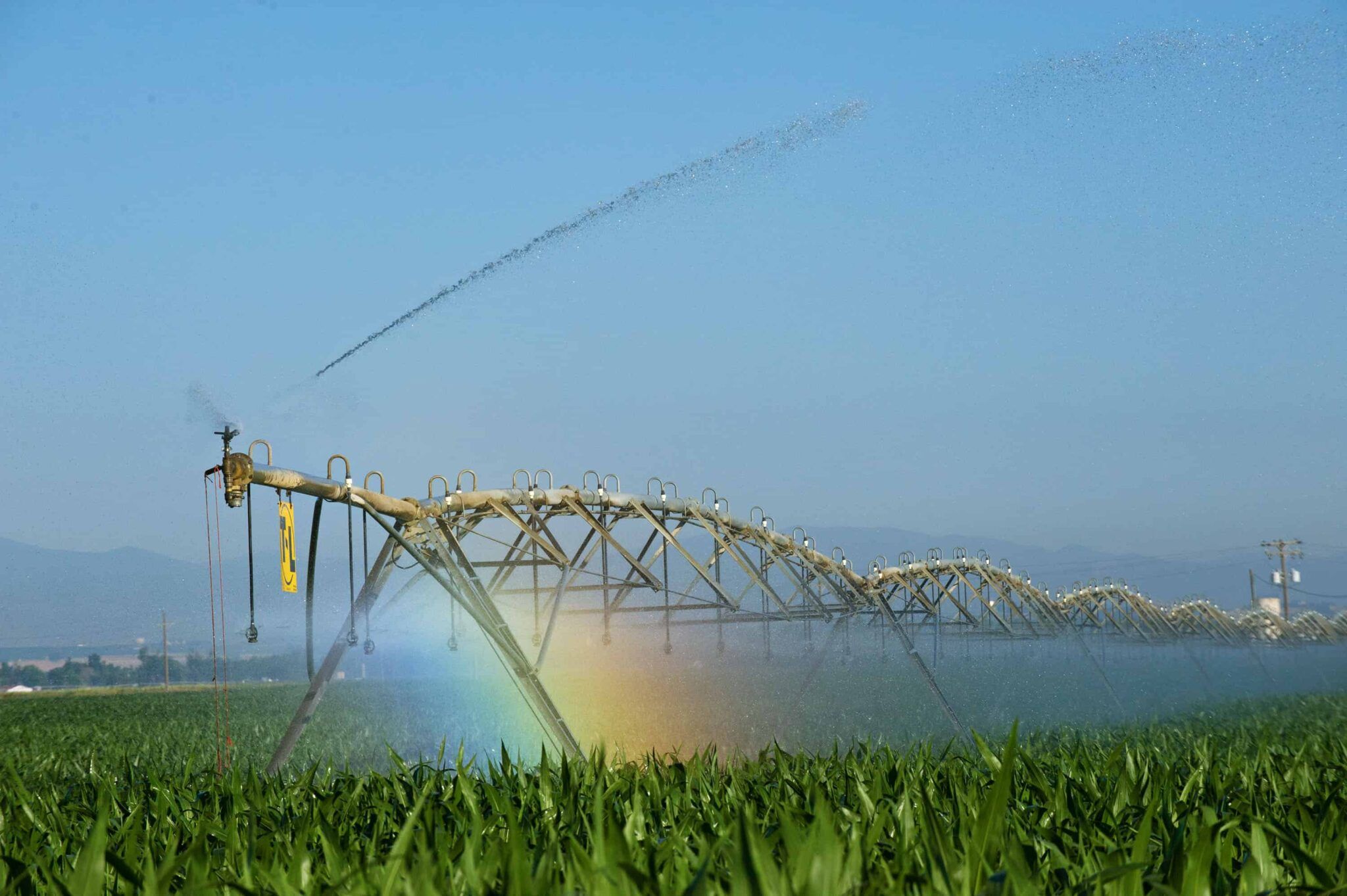Colorado’s 2023 draft water plan encourages ‘sharing’ to meet future needs

Planning for water use in Colorado through 2050 has taken another step with a draft of the 2023 Colorado Water Plan, which is subject to public comment through Sept. 30.
The plan is available on the Colorado Water Conservation Board website, all 239 pages of it.
The plan contains no silver bullet for the challenges facing cities, farms, forests, recreation and conservation areas in the state. It does lay out the challenges and points toward potential solutions to a future far shorter on water than what the recent past has experienced.
SPONSORED CONTENT
Federal District Court Rules Corporate Transparency Act Unconstitutional . . . But Most Small Businesses Must Still Comply
Lyons Gaddis Real Estate and Business Attorney Cameron Grant shares important details of the Corporate Transparency Act (CTA).
As noted in quotation from former Colorado Justice Gregory Hobbs in a preamble to the document, “The 21st Century is the era of limits made applicable to water decision making. Due to natural western water scarcity, we are no longer developing a resource. Instead, we are learning how to share a developed resource.”
The plan picks up Hobbs’ “sharing” advice with a call for greater collaboration between the water basins and water decision makers in the state and beyond.
Headwinds in the use of Colorado water include multiple factors:
- The population is growing. It’s nearly 6 million now and will be 8.5 million by 2050.
- Nineteen other states plus Mexico also depend upon water that originates in Colorado.
- It’s getting hotter. Average temperatures are up 2 degrees fahrenheit in the past 30 years.
- Rainfall is coming less often. It’s been below average since 2000.
Yet some progress in meeting challenges has been made, the report said.
- Conservation efforts have reduced per capita water consumption by 5% since 2000.
- Cities have worked collaboratively to lease 25,000 acre feet of agricultural water since then, instead of buying-and-drying.
- About 400,000 acre feet of storage has been created since the turn of the century, too.
As water watchers know, Colorado issues with water have much to do with distribution. A whopping 70% of snow — the primary source for both cities and farms — falls on the Western Slope but 90% of the population lives on the Eastern Slope.
And while 13.5 million acre feet of water originates annually in the state, 60% of it flows downstream to other states and Mexico. Of the 40% or 5.3 million acre feet used in Colorado, 4.8 million acre feet goes to agriculture, 380,000 acre feet goes to municipal uses and 116,000 acre feet is used by industry.
As cities grow, so do the demands for water. To secure greater supplies for urban uses, the water plan attempts to avoid drying up farms and to mitigate environmental concerns that could damage tourism, recreation, fish and wildlife habitats and more.
The plan touts multiple strategies, including:
- Additional conservation that might include outdoor water restrictions, water utility price structures, new landscape design that includes turf replacement.
- Water sharing agreements between basins or between communities of interest.
- Reuse strategies for irrigation and aquifer recharge.
- Continued water education to broaden participation in solutions.
- Ag conservation through crop selection, irrigation system improvements and soil conditioning.
- Storage solutions including new or expanded storage and strategies to reduce evaporation while water is stored.
While the Water Conservation Board does not build water projects, it does help with funding. In the eight river basins in the state, $20.7 billion in projects are on the books as planned projects. Of those, nearly $10 billion or 282 projects are in the South Platte River basin, and more than $4 billion — 321 projects — are in the Colorado River basin. Those basins are among those that most impact the urban areas of the Front Range. The Arkansas basin, which affects the urban areas of Pueblo and Colorado Springs, plans $3.6 billion in projects.
The plan suggests that water decision-makers seek to collaborate across traditional boundaries and that they do a better job of collecting data. It encourages the strategic location of storage or other water resources to benefit users in multiple jurisdictions while also avoiding waste caused by leaks.
Planning for water use in Colorado through 2050 has taken another step with a draft of the 2023 Colorado Water Plan, which is subject to public comment through Sept. 30.
The plan is available on the Colorado Water Conservation Board website, all 239 pages of it.
The plan contains no silver bullet for the challenges facing cities, farms, forests, recreation and conservation areas in the state. It does lay out the challenges and points toward potential solutions to a future far shorter on water than what the recent past has experienced.
As noted in quotation from former Colorado Justice Gregory Hobbs in…
THIS ARTICLE IS FOR SUBSCRIBERS ONLY
Continue reading for less than $3 per week!
Get a month of award-winning local business news, trends and insights
Access award-winning content today!


